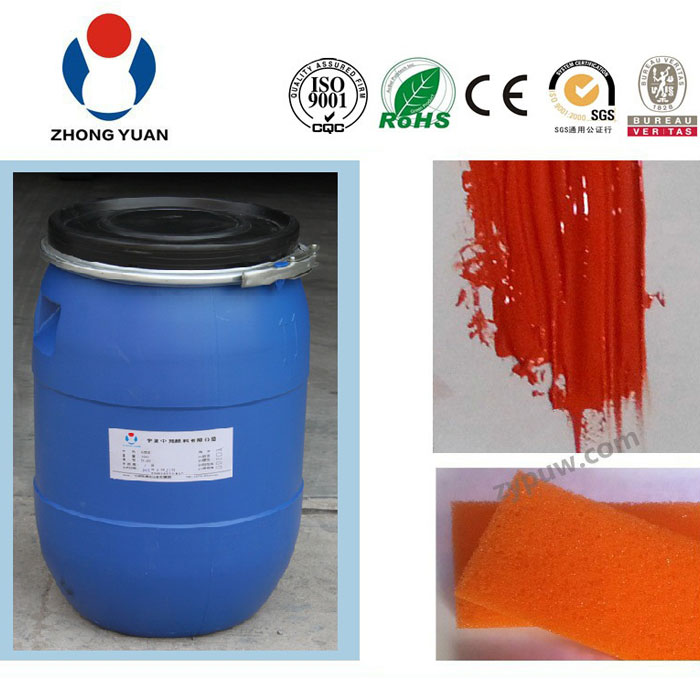In the polyurethane synthesis process, the configuration of the catalyst involves several key steps to ensure the efficiency of the reaction and the quality of the final product. The following are the general steps and precautions for configuring the catalyst:
1. Select the type of catalyst
Alkyd catalyst: such as stannous octoate or stannous acetate, mainly used to accelerate the reaction of isocyanate and polyol.
Amine catalyst: such as triethanolamine or diethylethanolamine, used to catalyze the reaction of isocyanate and polyol.
2. Determine the amount of catalyst
Calculate the amount of catalyst: The amount of catalyst is usually expressed as a percentage of the total amount of reactants. The common range of dosage is 0.01% to 0.5%. The specific dosage depends on the speed requirements of the reaction, the nature of the catalyst, and the reaction conditions.
Quantity optimization: Optimize according to the requirements of the reaction. The optimal amount of catalyst can be determined through small-scale experiments to ensure that the reaction rate is moderate and there are no side effects.
3. Catalyst configuration steps
Dissolve the catalyst: If the catalyst is solid or concentrated liquid, first dissolve or dilute it in an appropriate solvent (such as solvent oil, alcohol, etc.) so that it can be evenly added to the reaction system.
Calculate the amount of catalyst: Calculate the amount of catalyst required based on the total mass or volume of the reactants. For example, if you have 1000 grams of reactants and need 0.1% catalyst, then you will need 1 gram of catalyst.
Uniform mixing: Add the calculated amount of catalyst to the reactants evenly and ensure uniform mixing to ensure that the catalyst can play a uniform role during the reaction.
Monitor the reaction process: During the reaction, monitor the performance of the catalyst. If the reaction rate is found to be too fast or too slow, the amount of catalyst or reaction conditions may need to be adjusted.
4. Precautions
Catalyst activity: Different catalysts have different activities. The appropriate amount needs to be selected according to the specific catalyst.
Reaction conditions: Reaction conditions such as temperature and pressure will also affect the effect of the catalyst and need to be considered comprehensively.
Side effects: Excessive catalyst may cause side reactions or adversely affect the performance of the final product, so the amount needs to be precisely controlled.
Through the above steps, the catalyst can be effectively configured to achieve an ideal polyurethane synthesis effect.


